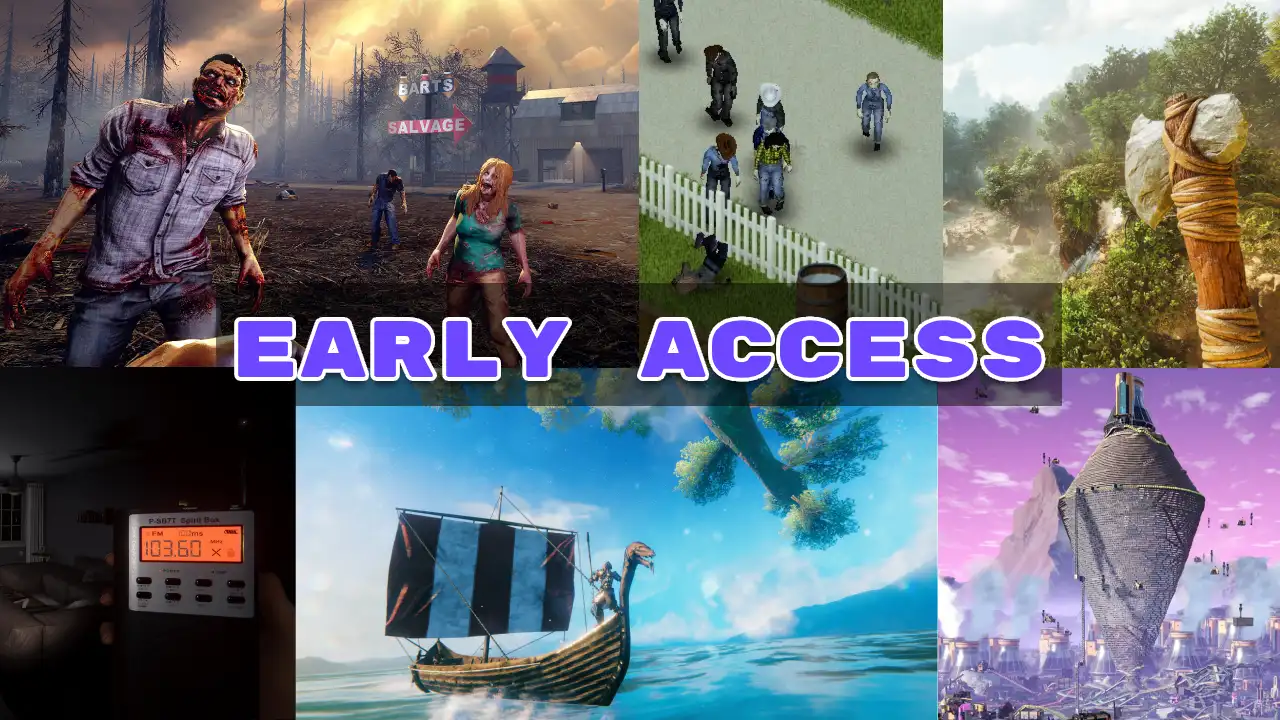Indie game publishing is a journey that requires indie game developers to put a lot of effort, time, and financial investment into their desired projects.
However, there is no guarantee that their creations will be successfully widespread among huge player communities.
As a result, in this ever-changing gaming landscape, a flexible approach arises as a game-changer to help developers easily navigate through uncertainty: Early Access.
In this article, we will uncover what Early Access means for indie game publishers and discover both the challenges and opportunities that it might bring.
Definition of Early Access
Early Access, or alpha access, is a distribution model in which developers release unfinished products to the gaming community.
By doing this, they can earn financial resources and crucial feedback and suggestions for further development of their games.
Because players contribute significantly to the indie game development process by assisting in debugging the games, they have access to the current and all future versions of the games.
History of Early Access in The Gaming Industry
But when did this concept emerge? You may ask.
Actually, Early Access appeared in the last decade to solve two concerning problems.
Traditionally, big game publishers kept their games secret until they were fully ready to protect their creations from software privacy. However, this way somehow limited them to experimenting with new game concepts.

As for indie game developers, the problems lie in the lack of funds and investments.
They found a struggle to source investors to complete their development. Also, indies faced difficulty testing their games before releasing them.
As per these challenges, Early Access became a savior to help developers build games more flexibly.
How Early Access Works?
Early Access typically involves multiple stages, starting when developers offer players an early version of the games, often alpha or beta releases, that are incomplete and still contain bugs.
From the moment players buy these early releases, they become an integral part of the development process. They provide feedback, report issues, and suggest improvements.
Developers, in turn, benefit from this iterative feedback loop; they refine the game based on real-time player experiences.

As a result, the players’ valuable feedback helps the game direction stay on the right track by providing ideas for developers to adjust art, graphics, and software mechanics and be ready for the final release.
If you ask the most popular examples of this model, we can’t go further without mentioning Minecraft.
The game’s developer, Markus Persson, released an unfinished version in 2009 and allowed players to contribute ideas and feedback.
Initially, each player had to pay $15 to access the game and contribute their ideas to game development. But the early sales increased constantly, so he could quit his full-time job to focus on game development.
Before the official release of this game, he earned $33 million from the early sales.
That said, Minecraft has evolved into a global phenomenon and proven the power of player engagement in shaping the final product. Early Access has become a more popular approach for various aspiring indie game developers later on.
The Indie Game Context
Indie video games, or independent games, refer to creations developed by independent developers or small teams, game studios rather than the major studios or big companies.
Because they’re independent individuals, they can build games from scratch with full control over the indie game development process. There is no limit to their creativity and unique perspectives.
However, they also have to face typical constraints such as limited budgets, smaller teams, and the absence of dedicated indie game publishers.
That’s the reason why the concept of Early Access become a companion for indie game developers.
This way, developers can address budget restrictions by earning funds from pre-release. Also, as players contribute feedback and engagement to the games, they can identify bugs and refine their games incrementally to the most complete final versions.
Besides the dedicated players, developers also take advantage of Early Access to raise funds from potential investors.
Crowdfunding is a means to help them complete that. Crowdfunding platforms like Kickstarter or Patreon offer indie developers a place to showcase their projects to potential backers.
Through engaging and persuasive campaigns, these potential users can believe projects and contribute funds to help developers bring their ideas to life.
You may want to read: How to Become an Indie Game Developer?
Benefits of Early Access for Indie Games
As Early Access is a preferable approach for numerous indie game developers, it provides various benefits.
The most obvious advantage is the additional funding and resource management. Since making a game might cost a lot of money, Early Access gives indie devs a chance to increase their financial resources and complete their development to the fullest.
In other words, obtaining financial support helps developers mitigate financial risks and enhance the sustainability of their projects.
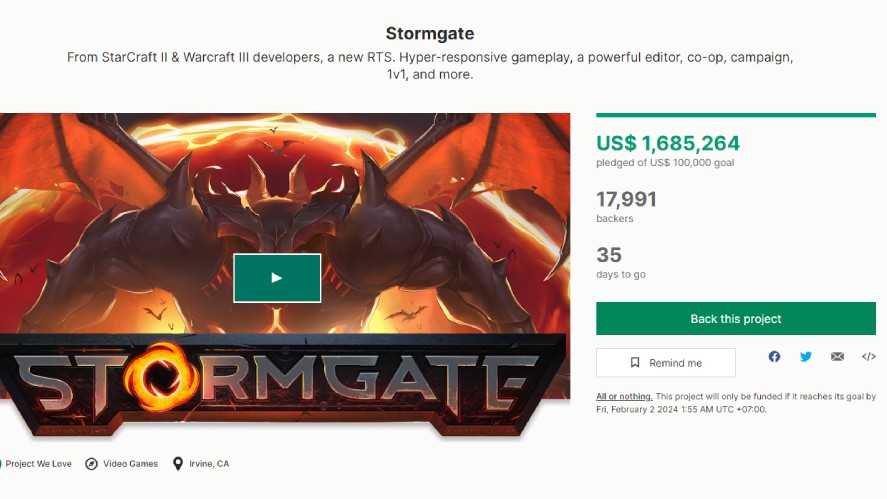
Another notable advantage is that player feedback and community engagement improve game development. Obviously, the ultimate purpose of the game is to serve the dedicated players, so their feedback is valuable in a certain way.
By accumulating feedback from early stages, developers can not only tailor the game to the community’s desires but also save time and money for additional fixing issues after the game is released.
Furthermore, this approach brings huge marketing potential that we can’t ignore.
The sooner developers showcase their creations to a global audience; the better the gaming community realizes and builds excitement around the game.
Thus, this early exposure provides effective marketing opportunities to spread games to the world and attract potential users as well as investors.
Case Studies of Successful Early Access Games
To help you have more insights, here we bring some notable case studies of successful indie games that utilized Early Access effectively.
First, Don’t Starve is a prominent example, as it is also considered a pioneering Early Access title. This game was developed by Klei Entertainment with a unique art style and survival gameplay.
Through the Early Access phase, Klei Entertainment kept players engaged and refined the game based on player suggestions. They added new characters, level features, craftable recipes, monsters, and more; all contributing to shaping a successful indie title.
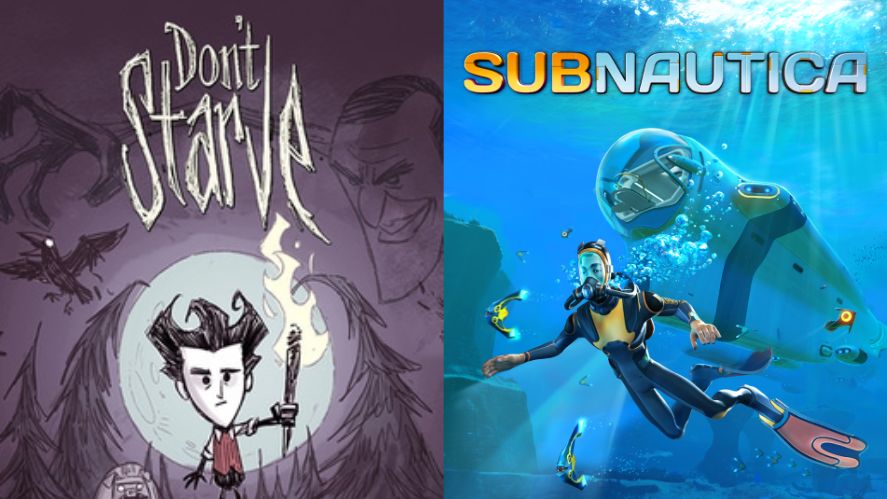
Another underwater exploration game that we should mention is Subnautica. Unlike other games that collect player feedback from forums and comments, Subnautica developers have a more direct approach through a public Trello board.
This way, developers kept everyone updated on how the game was coming along and collected players’ suggested ideas and features. Thus, the game eventually became a successful title with an interesting narrative and gameplay.
You may want to read: How Much Money on Average Do Indie Games Earn?
Challenges and Risks
Unfortunately, Early Access also comes with its unavoidable challenges and risks.
If developers choose to release their titles soon, there are the potential risks for incomplete projects. At this stage, most games still obtain bugs, errors, and unpolished states, which lead to concerns about quality and functionality.
Although players still accept bugs this time, it’s the indie developers’ role to fix all issues that arise as soon as possible. Otherwise, they will soon lose their trust and interest in the game.
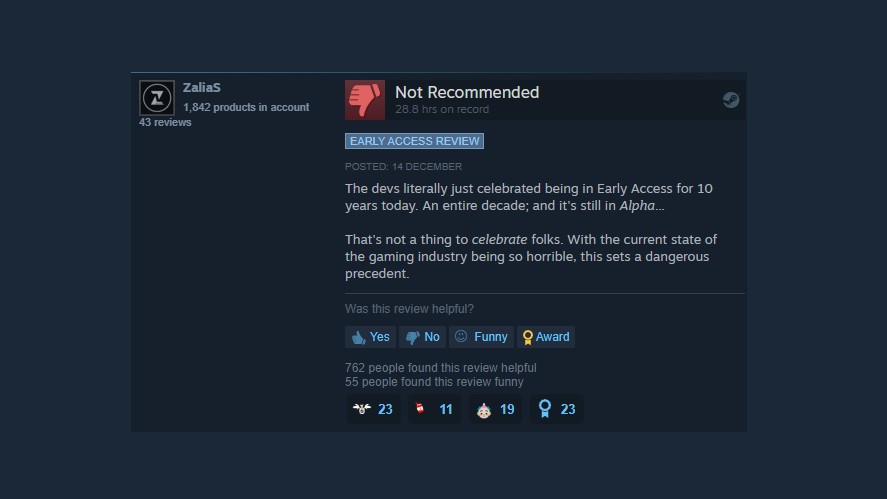
That said, it is not easy to build a reputation in the community if developers keep unresponsive to player’s feedback.
So, developers need to keep track of player’s expectations while staying true to their creative vision and main plan.
Finding this balance isn’t easy, as it requires developers to listen to players carefully, and make sure all the updates are aligned to community desires.
Moreover, indie game developers must ensure the game is ready to release without major issues.
The transition from Early Access to the final version should be smooth, so players who invest their time in giving feedback about the game can find it worthwhile and satisfied with their contribution.
The Role of Digital Platforms
Along with the development of technology and the internet, digital platforms now play a crucial role in Early Access.
Some popular platforms we should mention are Steam, GOG.com, itch.io, Humble Store, Xbox, and more.
These digital distribution platforms offer a vast user base and powerful tools for developers to engage with their community, so they attract players to enjoy various game titles without restrictions.
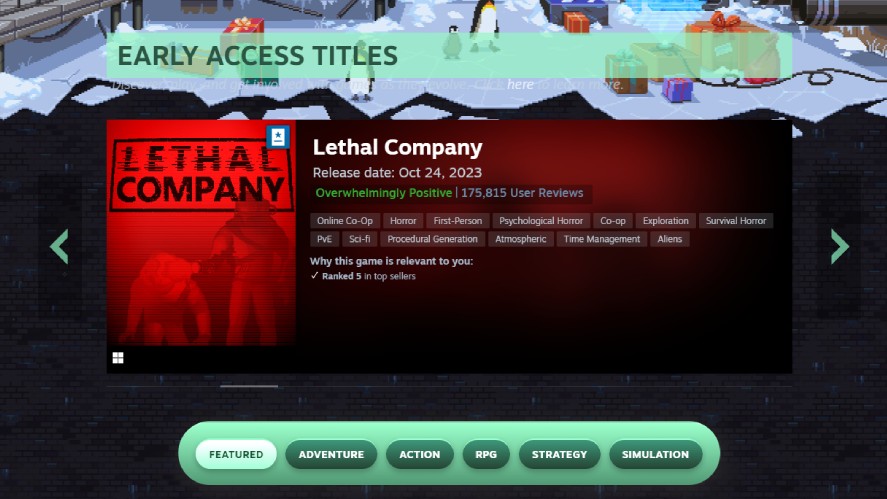
Developers can show their desired projects, release a demo, and watch what people talk about their creations.
Also, these platforms are a great place to gather player’s feedback, suggestions, and ideas as well as build an active fan base right from the early stages.
Thus, thanks to the ease of accessibility, these platforms have changed the landscape for developers. Indie game developers have places to expose their creative visions to successful games.
Industry Perspectives and Criticisms
Early Access acts as a new approach for both developers and players to experience the way games are developed.
As for developers, it’s a great opportunity for them to work closely with players, listen to all their specific demands, and adjust accordingly.
Players, on the other side, enjoy being part of the process, where they can access the games before release, try out new features, and suggest fixes.
However, it is inevitable that there are criticisms and controversies surrounding Early Access.
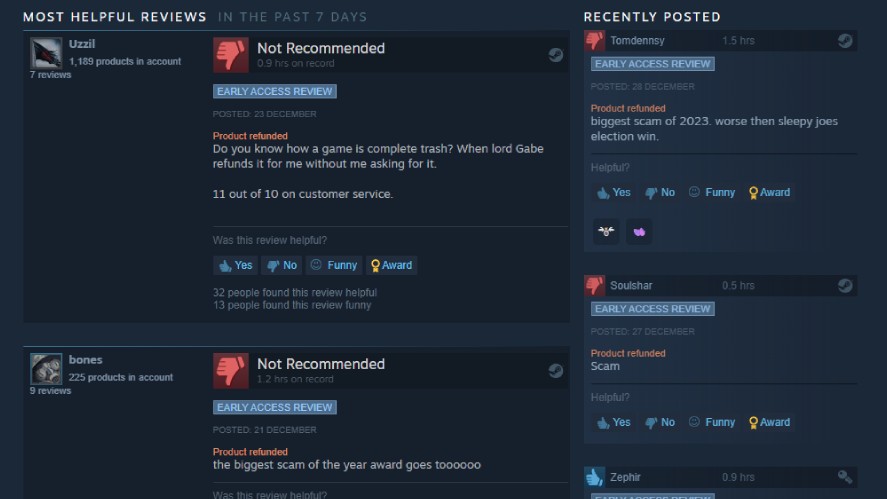
Some people argue that Early Access can cause a problem in that developers find no incentive to finish the game in the complete state.
Another problem with maintaining game quality may be tricky as developers have to navigate bugs, and errors and align their games to players’ expectations.
That’s why some users suggest that it is better if the games are sold at least at the beta stage, in which the games contain most of the features and have a high possibility of full release.
Despite these controversies, we can not deny the evolving landscape of Early Access.
As digital platforms continue to support Early Access, it opens doors for more indie developers to showcase their creations.
However, this evolution is not without challenges. It is necessary for developers to strike a balance between player expectations and game development.
Conclusion
Early Access has been a game-changer for indie game creators. It’s a way to build games that allow developers to engage with players.
Looking forward, Early Access is likely to become even more popular. More games will use this way of doing things. The rules might also change to ensure everyone gets the best from the experience.
As the world of indie games is full of exciting possibilities, Early Access is like a tool that can change how games are made forever.
So, we can expect more boundless opportunities that this approach may bring for both creators and players in the future.
Loading survey...

